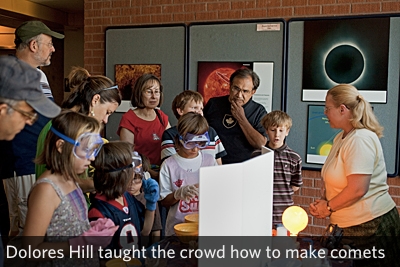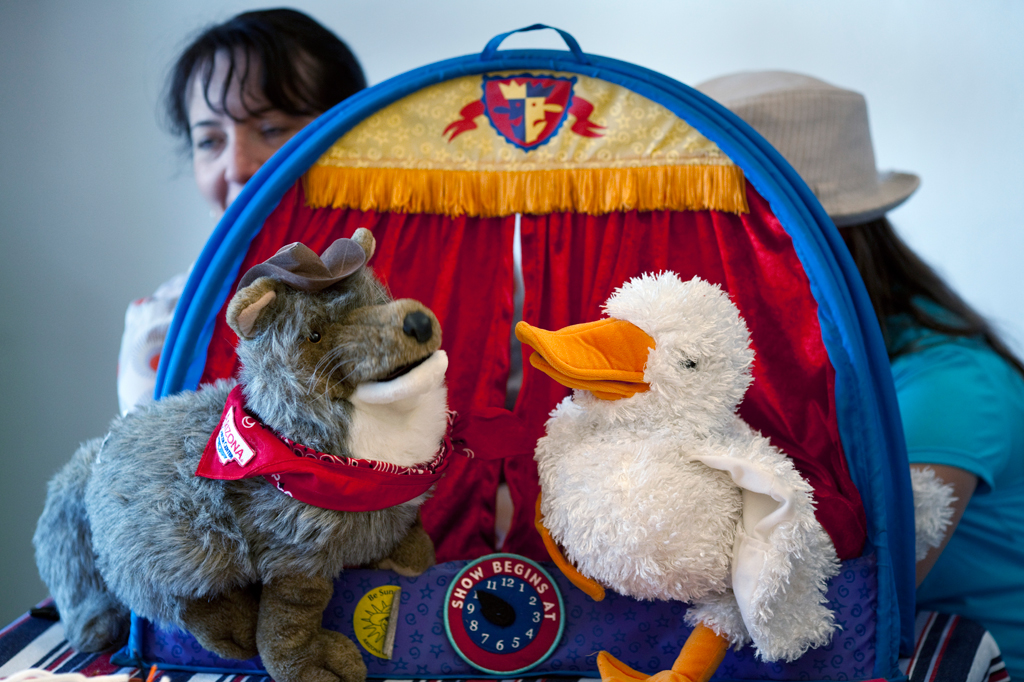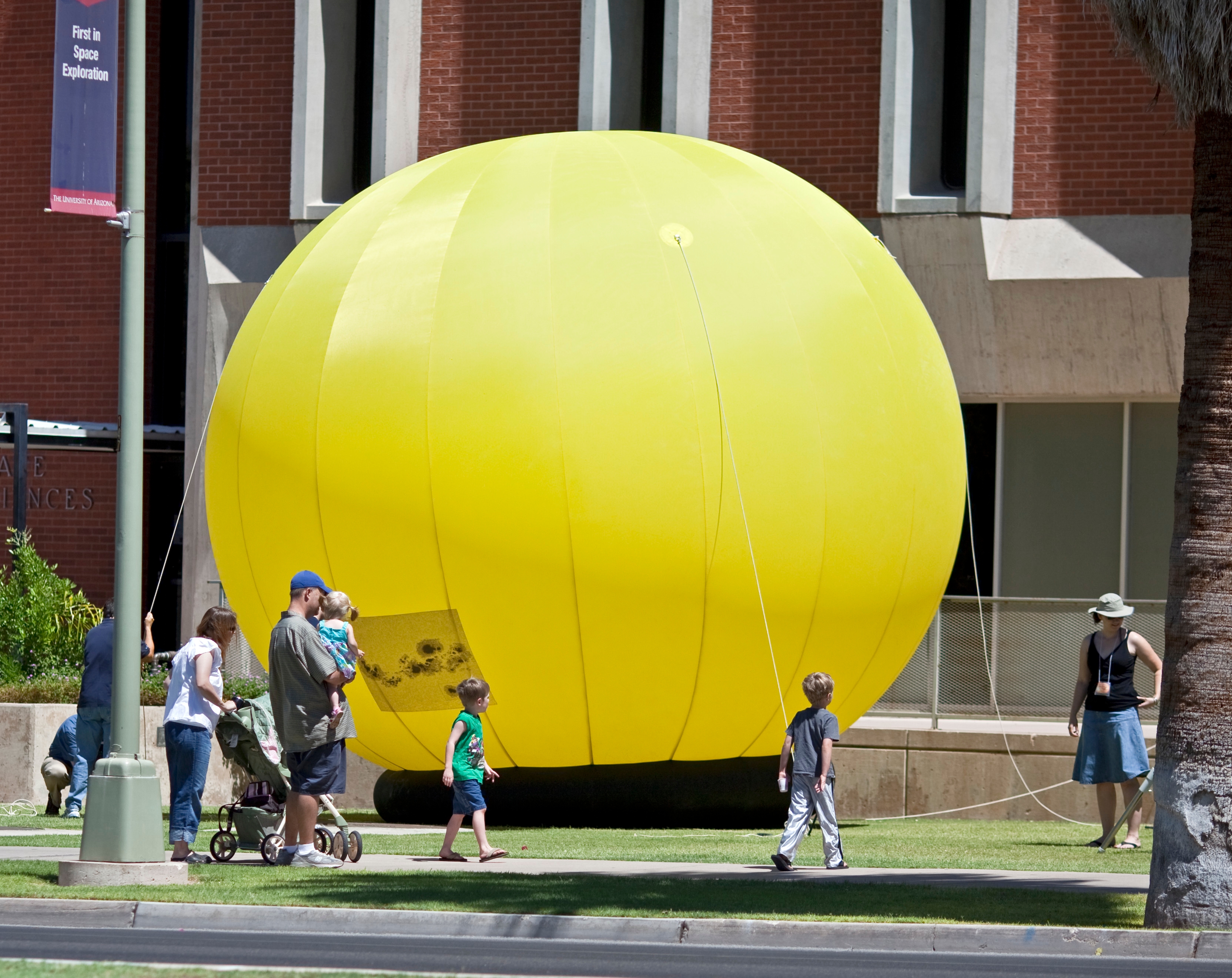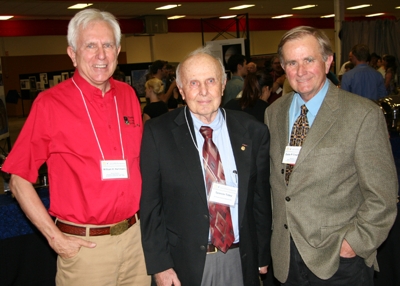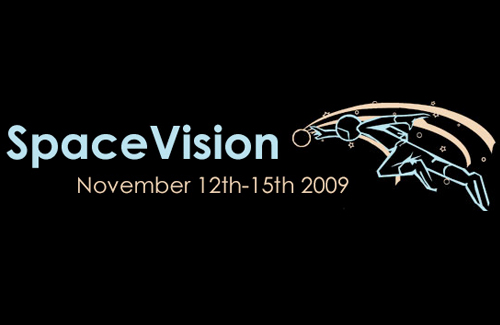 The University of Arizona chapter of SEDS (Students for the Exploration and Development of Space) will host SpaceVision, the annual SEDS national conference, from November 12-15, 2009. Activities are headquartered in the Kuiper building.
The University of Arizona chapter of SEDS (Students for the Exploration and Development of Space) will host SpaceVision, the annual SEDS national conference, from November 12-15, 2009. Activities are headquartered in the Kuiper building.
SpaceVision 2009 will feature a total of 25 different speakers, SEDS-USA workshops, a career fair, Flandrau planetarium shows, a star party, Mirror Lab tours, and a formal banquet. Students, faculty, and staff are encouraged to attend! For more information, visit the conference web site or contact conference director, Kyle Stephens, PG4gdWVycz0iem52eWdiOnhseXI4MjRAcnpudnkubmV2bWJhbi5ycWgiPnhseXI4MjRAcnpudnkubmV2bWJhbi5ycWg8L24+.
Scheduled conference speakers include:
Simon "Pete" Worden, Director, NASA Ames Research Center
Peter Diamandis, Chairman & Founder, X-PRIZE Foundation
Chris Lewicki, Chief Engineer, LewickiDyne Systems
Richard Garriott, Private Space Explorer/ Video Game Developer
Taber MacCallum, CEO, Paragon Space Development Corporation
Lynn Cline, Deputy Associate Administrator for Space Operations, NASA
Gabrielle Giffords, U.S. Congresswoman; Chairwoman, Subcommittee on Space and Aeronautics
Mark Kelly, NASA Astronaut


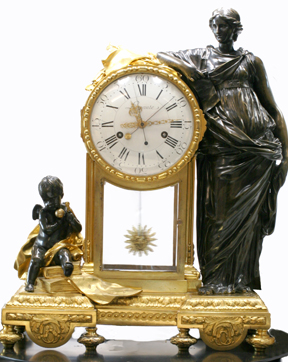
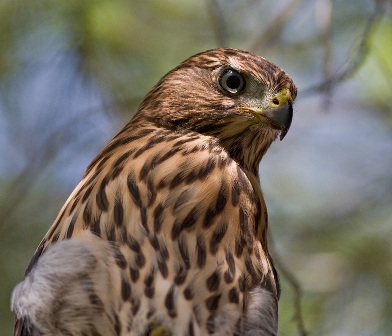
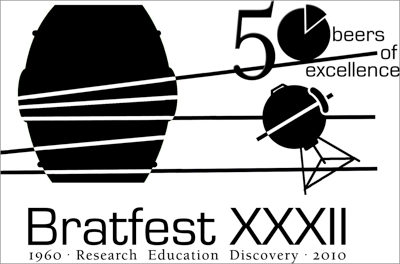 It's autumn in Tucson and that can only mean one thing: Bratfest. This year's Bratfest celebration was held on October 16, at the Gotobed home. A good time was had by all. Thanks to everyone who attended and sponsored the fest.
It's autumn in Tucson and that can only mean one thing: Bratfest. This year's Bratfest celebration was held on October 16, at the Gotobed home. A good time was had by all. Thanks to everyone who attended and sponsored the fest.